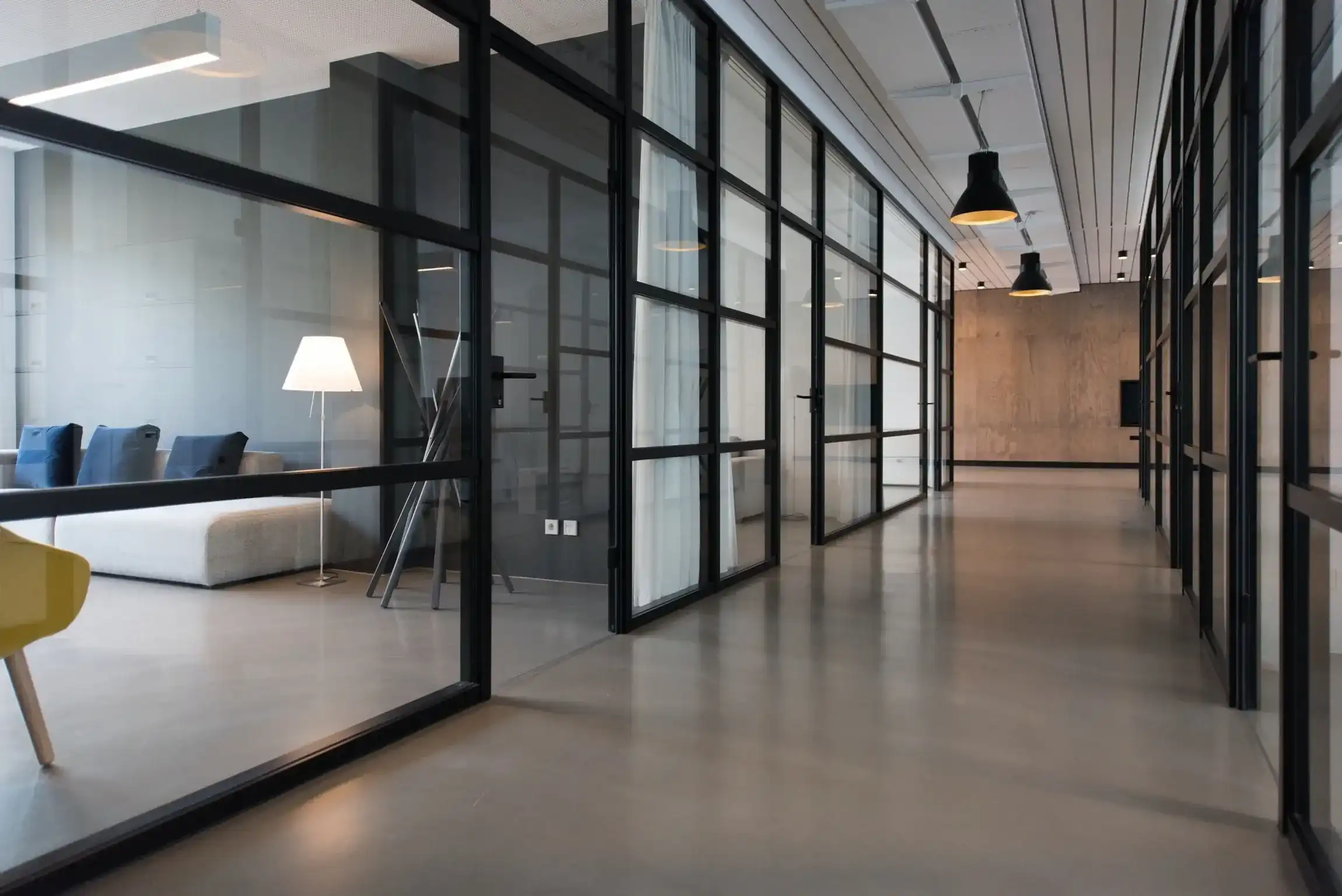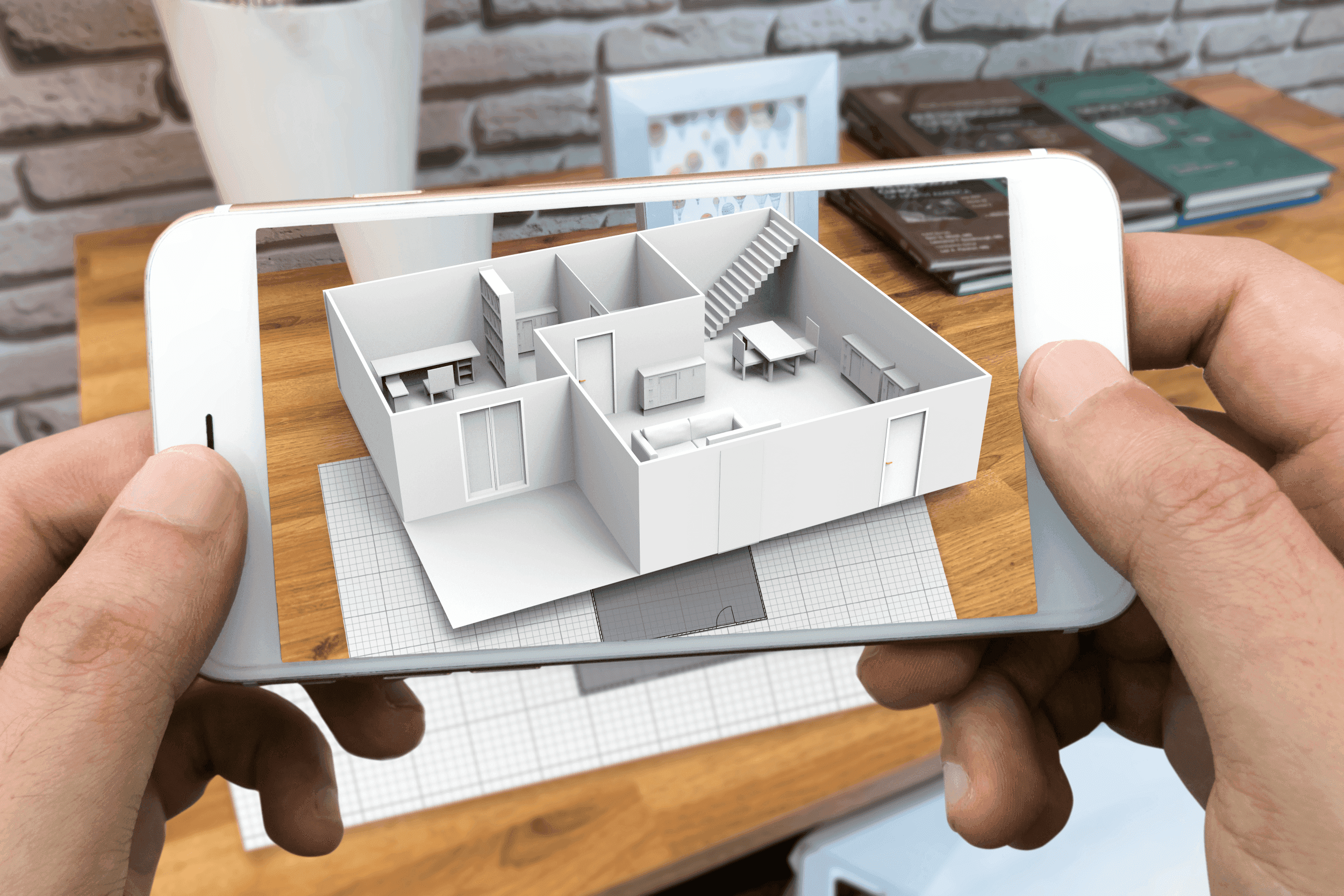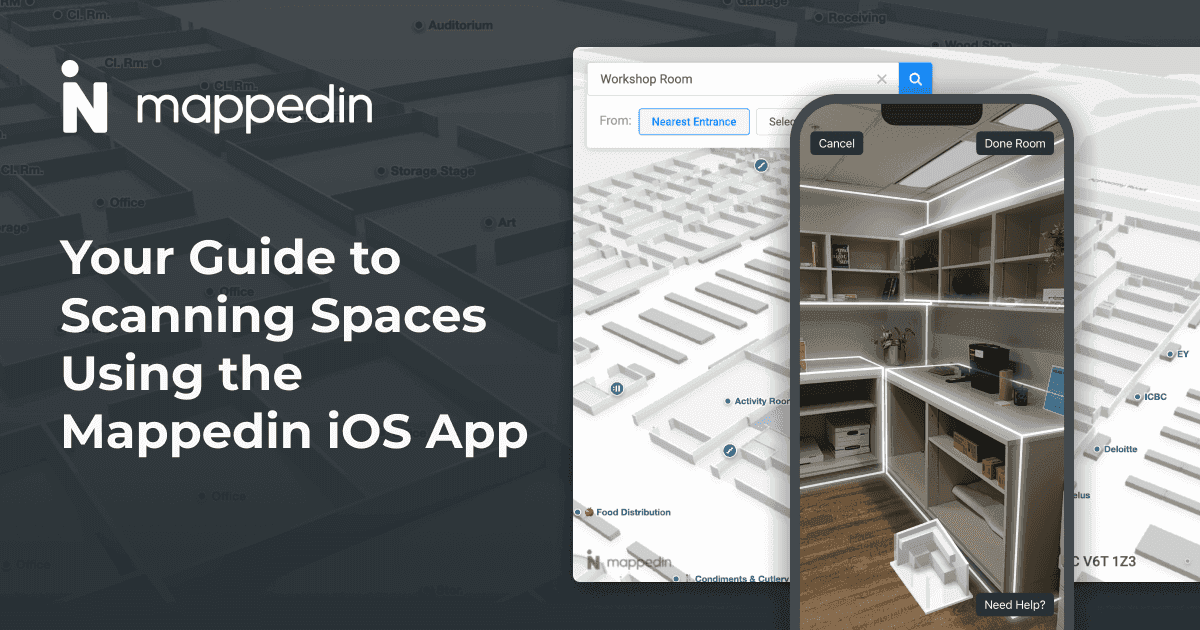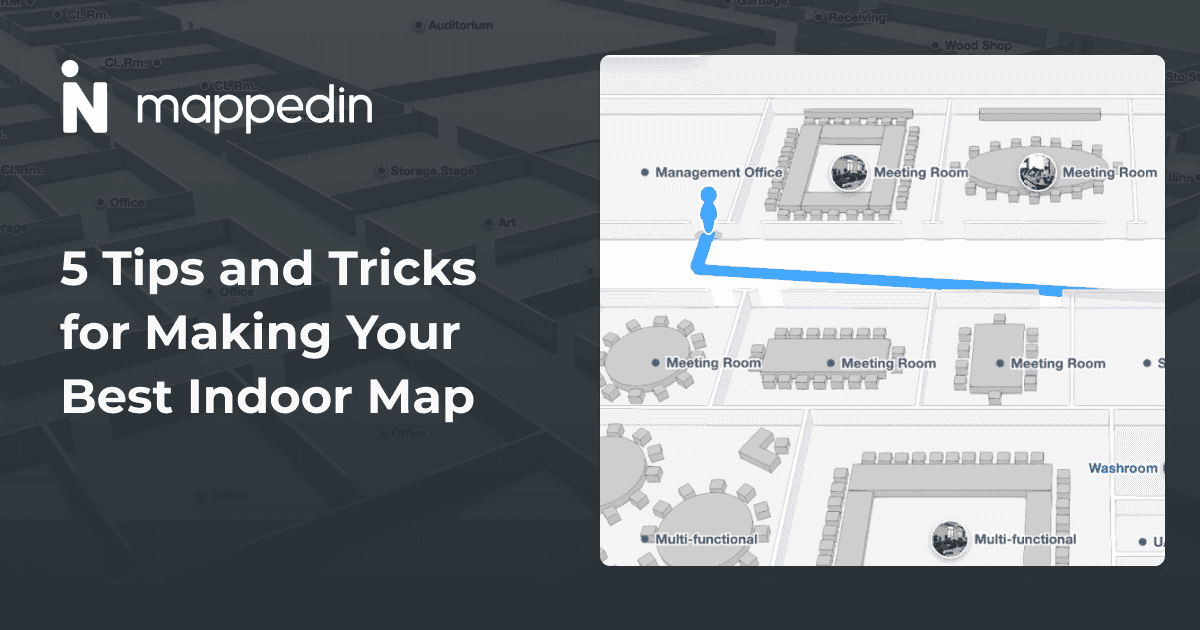Start Here
Capture technology transforms real-world environments into digital assets using cameras, lidar sensors, and mobile devices like iPhones and iPads. This indoor mapping innovation enables users to scan rooms and generate accurate floor plans without traditional blueprints or CAD drawings. Apple's RoomPlan API democratizes this technology, allowing everyday users to create 3D models and 2D maps for augmented reality applications and retail visualization. The technology promises mainstream adoption, revolutionizing how businesses approach digital mapping solutions.
Most of us are familiar with virtual reality and augmented reality technologies, but what about capture technology? We sat down with Ed Wei, CTO of Mappedin, to discuss this exciting tech including what it is, how it works, who will benefit from it, and his predictions on when it will become mainstream.
What is capture technology?
Capture technology takes real-world environments and turns them into digital assets that can be used in many different applications. For example, using a piece of equipment that has a camera, lidar sensors, and other sensors on it, you can walk around a room, scan it, and turn it into a digital asset.
What are the advantages and limitations of capture technology?
Traditionally, the limitation of capture tech is that the hardware itself is very complex and the pieces of equipment are large and expensive. In the past, I’ve seen companies put the equipment on wheels to push it around, or strap the equipment onto a huge backpack that they can carry while walking around a room. Since the equipment size and price tag is quite large, it's hard for the average person to massively adopt this technology.
The big advantage is that if you don’t have a floor plan, an architectural drawing, or a CAD drawing of a venue, capture tech is a great way for you to capture the real-world environment and generate a map.
Why are you excited about this technology?
I’m excited about this technology because Apple has figured out how to miniaturize the equipment into an iPhone. With the new version of iOS, essentially anyone can go buy an iPhone or iPad and have capture technology on their device. The cost to have access to this technology is now very low.
Which organizations will benefit the most from this type of technology?
We can benefit from this technology because it's another way of creating a map. Other organizations such as retail brands will also benefit from this. For example, IKEA currently has a tool that enables you to put their furniture into a room, but that room isn’t an accurate reflection of your room. With capture technology, they could build an app that loads all their digital assets into your room, the one you actually live in.
How does this technology change the way we think about indoor mapping?
The main thing that will change indoor mapping is the way we create an initial map. There are many applications where if you don’t have a blueprint or floor plan to start with, you’re not able to create a map. With capture technology, an average user can now create a floor plan by simply scanning rooms with their mobile device.
Can you explain the app you built with Apple’s new RoomPlan API?
We used Apple’s new RoomPlan API to create a 3D map that we can turn into 2D and import into our indoor mapping platform. We walked around our own office, scanned it with the RoomPlan API, and created a 3D model containing walls, windows, doors, and furniture including tables, storage cabinets, chairs, and more.
We then used that 3D model data to generate a 2D map with a top-down view that can be imported into the Mappedin CMS — our tool that allows users to further edit the map and keep it up-to-date. Think of this as an alternative method for quickly importing map data instead of drawing it by hand.
Where do you see capture technology going?
People are going to come up with many different applications for capture tech. It’s going to get commoditized, and it’s going to have some real-world applications. Our use case for capture tech is creating maps, but there will be other creative ways to use it.
The main thing that I see is people taking a real-world environment into an augmented reality or virtual reality environment. As I mentioned earlier, if you want to see what a piece of furniture will look like in your room, you can use this technology to capture a 3D model of your home, and if a retailer has a piece of furniture made into a 3D asset, you can put it in your room and visualize what it looks like.
When do you think capture technology will start becoming mainstream?
Capture tech is on the brink of mass adoption. There are already developers who are using capture technology to build applications. It will be coming to iOS devices via an iOS update that Apple will release later this year. I think it will become mainstream in the next few years.
Contact us today to learn more.
Tagged In
Share



